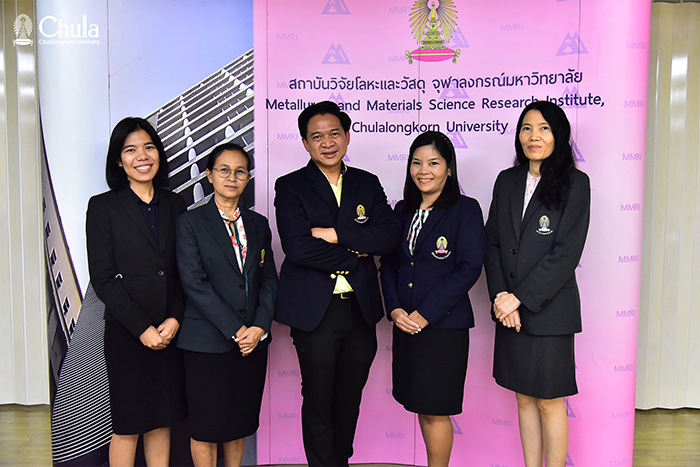COVID-19 not only threatens people’s physical health, but also creates disruption in work and social relationships. Parents experience additional strain resulting from extra childcare responsibilities. This is even more pronounced with parents of children with developmental disorders, which calls for the need for increased parenting support services and family-friendly policy initiatives in Hong Kong.
Dr Randolph Chan Chun-Ho, Associate Head and Assistant Professor at the Department of Special Education and Counselling, The Education University of Hong Kong (EdUHK) conducted a study to (1) investigate and compare the prevalence of COVID-19-related stress and mental health problems between parents of children with developmental disorders and those of children with typical development, and (2) examine the association of COVID-19-related stress with mental health problems.
In May 2020, the study recruited 129 parents of 8-to-10-year-olds, with either developmental disorders or typical development, from 12 mainstream primary schools in Hong Kong.
It was found that close to 75% of the parents indicated that their work and social lives had been significantly disrupted because of the social-distancing measures in Hong Kong. When schools were closed, children had to stay at home, meaning parents had to reorganise childcare. Nearly two-thirds of the parents reported significant difficulty in taking care of their children and experienced strain trying to balance the demands of childcare and work. More than half of the parents expressed concern about the risk of them and their children being infected with COVID-19.
The findings showed that parents of children with developmental disorders are at greater risk of parenting stress than parents of children with typical development. The parents of children with developmental disorders showed more severe symptoms of depression and anxiety than their counterparts. 25% of them met the criteria for clinical depression, and 13.7% met the criteria for generalised anxiety disorder. Parenting stress during the COVID-19 pandemic explained heightened levels of mental health problems among parents of children with developmental disorders as compared to parents of children with typical development.
Given the elevated risk of parenting stress and mental health problems observed among parents of children with developmental disorders, the study recommends timely positive parenting support to reinforce parent-child relationships, alleviate parents’ psychological distress, and help them cope with health worries and parenting stress. In addition to parenting programmes to enhance competence and efficacy, web-based skills programmes can be offered to parents who are in need of professional support and guidance. Online counselling and support group services, and family friendly policies can also help parents have a more balanced life during this critical time.
The research has been published in Journal of Autism and Developmental Disorders, please visit here for details.













